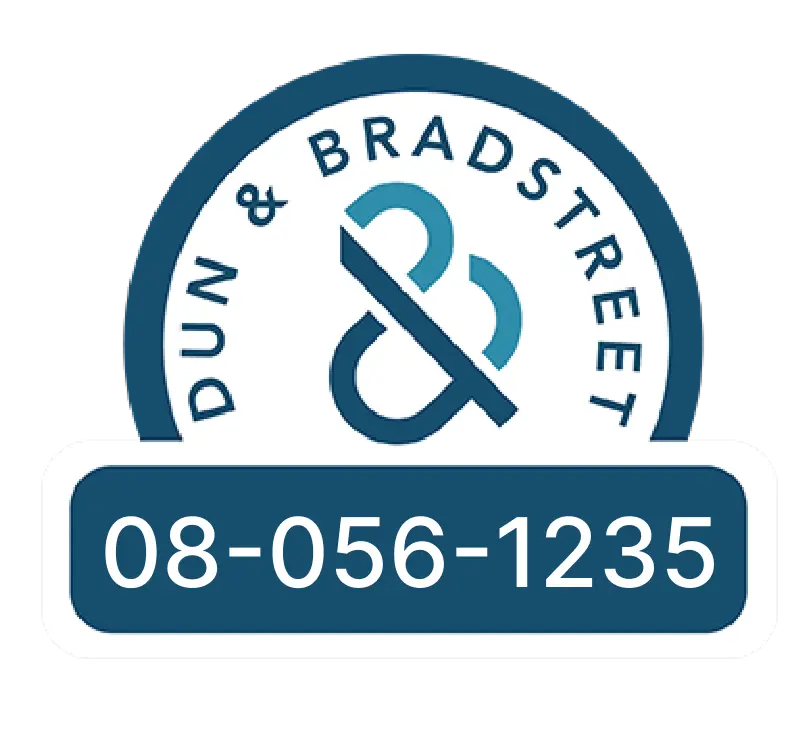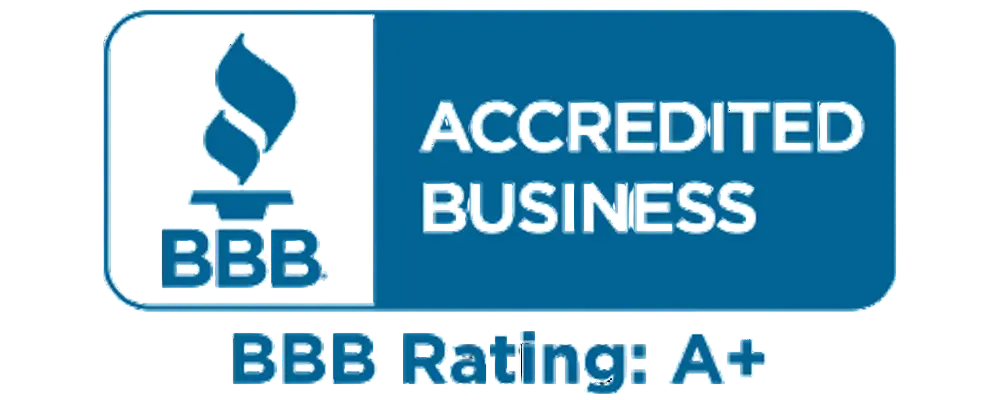Download free PDF
Automotive Brake Booster and Master Cylinder Market Size By Component, By Propulsion, By Vehicle, By Sales Channel, Analysis, Share, Growth Forecast, 2025 - 2034
Report ID: GMI12567
|
Published Date: December 2024
|
Report Format: PDF
Download Free PDF
Authors: Preeti Wadhwani, Aishvarya Ambekar



Premium Report Details
Base Year: 2024
Companies covered: 20
Tables & Figures: 200
Countries covered: 21
Pages: 180
Download Free PDF

Automotive Brake Booster and Master Cylinder Market
Get a free sample of this report
Get a free sample of this report Automotive Brake Booster and Master Cylinder Market
Is your requirement urgent? Please give us your business email
for a speedy delivery!





Automotive Brake Booster and Master Cylinder Market Size
The global automotive brake booster and master cylinder market was valued at USD 14.3 billion in 2024 and is projected to grow at a CAGR of 5.3% between 2025 and 2034. The surge in sales for electric vehicles (EVs) and autonomous vehicles (AVs) is heavily influencing the growth of the market. Enhanced braking mechanisms are a must for EVs owing to the non-functioning engine vacuum used for traditional braking systems; thus, advanced systems like electric brake boosters are needed.
Taking the International Energy Agency (IEA) statistics for example, roughly 14 million new electric powered cars were registered all over the world in 2023 which increased the previous 2022 figure of electric cars to 40 million. The amount of EVs sold in 2023 saw a staggering increase of 3.5 million compared to 2022, marking a 35 percent increase year on year.
AVs operate using complex electric powertrains which greatly increase energy efficiency and enhances seamless integration. Furthermore, the necessity for exacting brake boosters and master cylinders is amplified in AVs because of greatly responsive brakes systems needed for proper functioning and safety. Starting from performance, safety precision, and the increased requirement for autonomous technology integration, the demand for better advanced braking components has drastically increased making the market for such components broadened especially with the anticipated increase for EVs and AVs.
In addition, the awareness regarding road safety and associated international measures is supporting the growth of the market of automotive brake boosters and master cylinders. There is a growing consumer concern for safety which is creating a market for vehicles with advanced braking systems like electronic brake boosters and antilock brake systems (ABS). There are governments who are very strict on the safety requirements, making it compulsory for these systems to be fitted on new and even older models of cars.
Such regulations ensure that the safety measures are enhanced so that the number of accidents and deaths are reduced. Hence, automotive manufacturers tend to utilize modern brake systems which promote the growth of this market. This trend is notably prevalent for North America, Europe, and certain regions of the Asia Pacific where there is a heavier emphasis on compliance.
Automotive Brake Booster and Master Cylinder Market Trends
The invention of electric brake boosters changes the landscape of automotive brake boosters and master cylinders the same way the invention of vacuum boosters changed the industry over 40 years ago. Compared to earlier hydraulic or vacuum systems, electric brake boosters boast a reduction in fuel consumption, faster load-response, and lower weight of the vehicle. This is particularly advantageous as electric vehicles (EVs) become more common, as EV engines do not rely on vacuum to assist with braking, making electric brake boosters a preferable choice.
Furthermore, electric brake boosters enhance the performance and safety of automobiles, while also allowing for greater integration with advanced driver assistance systems (ADAS) and other automated driving technologies. This enables manufacturers to fulfill rigorous safety criteria while providing customers with the best driving experience possible, resulting on an inflating demand on the market. Lastly, as auto manufacturers chase stricter energy efficiency targets, the integration of electric brake boosters into traditional vehicles in addition to EVs is likely to increase.
Classic Performance Products (CPP) has released a new type of Electric Power Brake Booster Kit (PN 6772EBK-SB) that is anticipated to further improve the braking abilities of classic cars, race cars and muscle cars. This new iBooster technology is already present in most hybrids and all electric vehicles, so the kit can easily be adapted to any vehicle.
In addition, this system has the additional benefit of not relying on engine vacuum, making it easier to install and use in a wider range of vehicles that do not have sufficient engine capacities to provide vacuum. All that is required for this booster is a three-wire connection and installing it is as easy as mounting a brake master cylinder. Finally, there is no need for external pumps or brackets, reducing the intricacies of installation.
Industries have struggled, especially in developing countries, due to the motorcycle brake booster and master cylinder technological high ceiling cost. The integration and development of new electric brake boosters and hydraulic systems is extremely costly in terms of R&D, manufacturing, and materials. This further block developing countries from accessing advanced technologies due to greater expenses when compared to traditional models.
Also, OEMs and suppliers that wish to implement advanced technologies are obliged to incur a massive debt that results in shocking production costs, which is unfeasible if they wish to maintain a profitable competitive edge. This immense upfront cost acts like a financial chain that deters businesses from investing in developing nations.
Automotive Brake Booster and Master Cylinder Market Analysis
Based on technology, the market is segmented into vacuum-assisted, hydraulic-assisted, and electronic brake boosters. In 2024, the vacuum-assisted segment accounted for over 65% of the automotive brake boosters and master cylinder market share and is expected to exceed USD 15 billion by 2034. Vacuum-assisted technology has the leading market share in the automotive brake booster and master cylinder segment. This technology utilizes the engine’s vacuum to assist in braking which is a highly effective and affordable approach. Its use blends the traditional vehicles’ simplicity and heavy-duty reliability, which makes it the better option for engine internal combustion engines (ICEs).
In addition, the small size and low weight of the vacuum-assisted range helps manufacturers achieve the desired vehicle performance and design flexibility. The massive worldwide population of ICE vehicles helps keep the demand for this technology on the higher side. While other options such as hydraulic and electronic boosters are more appealing these days, the vacuum assisted methods are still the most widely used systems because of the long-standing dominance, low cost and capability to meet basic safety requirements.
Based on the vehicle, the automotive brake boosters and master cylinder market is divided into passenger cars, and commercial vehicles. The passenger cars segment held around 72% of the market share in 2024. Due to relatively high global production and sales volumes, the segment of passenger vehicles has the highest share in the global automotive brake booster and master cylinder market. It includes cars, sedans, hatchbacks, SUVs, and crossovers, which are primarily for personal transport. The focus on personal transportation reinforces the dominance of this segment in the automotive industry.
Global passenger vehicles market is impacted much more by regulations as compared to other vehicles, which increases the enhancement in features such as electronic brake boosters and master cylinders. Also, increasing consumer trends toward high-grade vehicles equipped with safety and comfort features has increased the market for premium braking systems. This segment is further boosted by the increasing adoption of passenger vehicles in developing regions like China, India and Southeast Asia.
In 2024, the Asia Pacific region accounted for a automotive brake boosters and master cylinder market share of over 40% and is expected to exceed USD 9.5 billion by 2034. China leads the market in the Asia Pacific region and is expected to exceed USD 4 billion by 2034. China, as the world's largest automotive producer and consumer, holds a dominant position in the market.
The country’s passenger and commercial vehicle booming automobile industry puts a strong demand for advanced braking systems. In addition, the strict government regulations on vehicle safety standards compel for adoption of new technology brake booster and master cylinder systems. Furthermore, as modern braking systems are superior, China’s movement towards electric and hybrid vehicles provides a chance for newer technology to flourish in the market.
Knowing the robust production of vehicles and the strict safety measures in North America, one can conclude that the automotive brake booster and master cylinder market in the region is quite sizeable. Due to the steady growth of the automotive industry and growing requirements for modern braking systems in both commercial and passenger vehicles, the US remains the major market contributor. The deployment of brakes that are better than traditional ones, like electronic boosters, help in keeping up with the increase demand for EVs. Furthermore, constant investment in improving vehicle safety technology and positioning of important OEMs and their suppliers also aid the North American market expansion.
The automotive brake booster and master cylinder market is quite sizeable in Europe too owing to the existence of large automotive producers in Germany, France and the UK. Safety measures enforced in Europe are some of the most stringent in the world and the consumers’ appetite for better braking system encourages the market for advanced systems such as electronic brake boosters as well as regenerative braking.
Moreover, the growing interest in advanced hybrid and electric vehicles (EVs) assists the market expansion as they have an additional need for better braking systems. The developed nature of Europe’s automotive industry, and the associated technological advancements facilitate continued and stable need for these components.
Alongside the boom in vehicle production in south Africa and demand for safety in passenger and commercial vehicles, the master cylinder and automotive brake booster markets are growing in the MEA regions. Growth in infrastructure, regulatory pressures and increased demand for advanced braking systems from automobile manufacturing in Mexico and Brazil is further propelling growth for this market in Latin America.
Automotive Brake Booster and Master Cylinder Market Share
Hyundai Mobis, Robert Bosch GmbH, and Brembo collectively held a substantial market share of over 15% in the automotive brake booster and master cylinder industry in 2024. Additionally, Hyundai Mobis enhances electronic brake booster technologies for hybrid and electric vehicles by integrating advanced brake systems. The company invests in lightweight materials and compact designs to improve efficiency. Through strategic partnerships with automakers, Hyundai Mobis provides tailored solutions. Additionally, its innovation centers develop software-integrated braking systems to meet the growing demand for autonomous driving and ADAS functionality.
Further, Robert Bosch GmbH is focused on expanding innovation in brake booster systems, especially focusing on the iBooster technology and electric vacuum pumps which aid EVs and hybrids. Attention is also on R&D for energy efficiency and regenerative braking integration. Set-ups with OEMs and expansion in production around the world contributes to high-quality, cost-effective, energy-efficient, and environmentally-friendly solutions.
Brembo makes use of its knowledge of performance braking systems to develop and manufacture new lightweight and durable master cylinders for sports and luxury cars. By adding electronics, the company utilizes them for improved control. Further, the company adds eco-friendly materials for better sustainability. Strategic acquisitions and partnerships are also strengthening its portfolio while investments in smart braking technologies fit the new trends od autonomous and electric cars.
Automotive Brake Booster and Master Cylinder Market Companies
Major players operating in the automotive brake booster and master cylinder industry are:
Regional competitors are at the forefront of the automotive brake boosters and master cylinder market because of their strategic acquisitions as well as intricate product offerings that range from advanced brake booster systems to master cylinder systems with increased braking power, lightweight structures, and the latest vehicle safety systems like Anti-lock Braking Systems (ABS) and Electronic Stability Control (ESC). They have been able to maintain this competency in the markets globally due to their state-of-the-art competitive innovations like vacuum-less brake boosters for electric vehicles and compact integrated structures especially in areas with strict automobile safety regulations.
Regional vendors focus on the understanding of the domestic market which helps to reduce costs and provide specific solutions which allow for vehicles manufactured or focused on the budgeting automotive segment. However, the increasing performance demand regarding the braking system due to EV adoption, autonomous driving, and regulatory needs are forcing regional players to create new innovations or partner with larger competitors.
There is an expectation of significant consolidation in the market by increased mergers and acquisitions as local companies seek to fill the technological gaps and compete better. Through this consolidation, new competition dynamics for the automotive brake booster and master cylinder market are forecasted during which new innovations will be introduced and advanced braking technologies adopted at a higher rate globally.
Automotive Brake Booster and Master Cylinder Industry News
The automotive brake booster and master cylinder market research report includes in-depth coverage of the industry with estimates & forecasts in terms of revenue ($ Mn/Bn) and shipment (Units) and from 2021 to 2034, for the following segments:
Click here to Buy Section of this Report
Market, By Component
Market, By Propulsion
Market, By Vehicle
Market, By Technology
Market, By Sales Channel
The above information is provided for the following regions and countries: